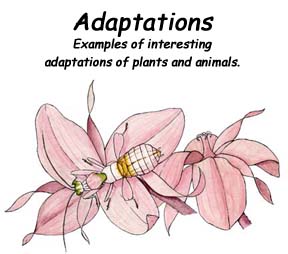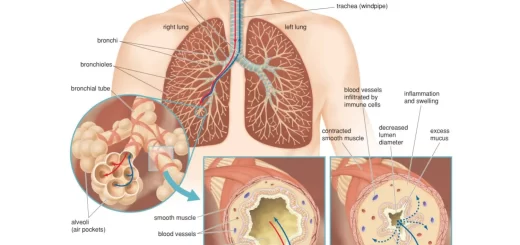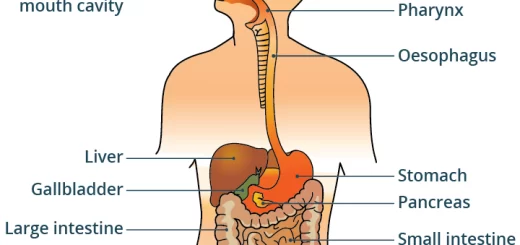Types and reasons of adaptation of the living organisms
The adaptation
Adaptation is a moderation of a living organism’s behaviour, body structure, or organ biological functions to become more adapted to the environmental conditions in which it lives in.
There are many environments where living organisms live, and they cope with environmental changes such as climate change, food diversity, and the existence of water.
The types of adaptation
The types of adaptation are structural (anatomical) adaptation, functional adaptation, and behavioural adaptation.
The structural (anatomical) adaptation is an adaptation that studies the structure of one body organ. The horse hoof structure and the camel pad structure are examples of structural adaptation.
Functional adaptation is an adaptation of some organs, and tissues to do a specific function. Secreting of sweat in humans in case of high temperature and secreting of poison in snakes are examples of functional adaptation.
Behavioural adaptation is an adaptation in the activity of some animals at different times of the daylight.
The birds’ migration at certain times of the year and the activity of the birds during the daylight and the bats at night are examples of behavioural adaptation.
The reasons for the adaptation
The most important reasons for adaptation are to get food and to escape from their enemies in dangerous situations, through the motion way.
You can download Science online application on google play from this link: Science online Apps on Google Play
Adaptation in insectivorous & birds, Hibernation, Aestivation, Birds migration & Camouflage
Adaptation reasons, types, diversity of living organisms & motion in mammals
The adaptation in the aquatic submerged plants
The adaptation and the nature of the food in the birds
The adaptation and continuity of life by the hibernation and the aestivation




